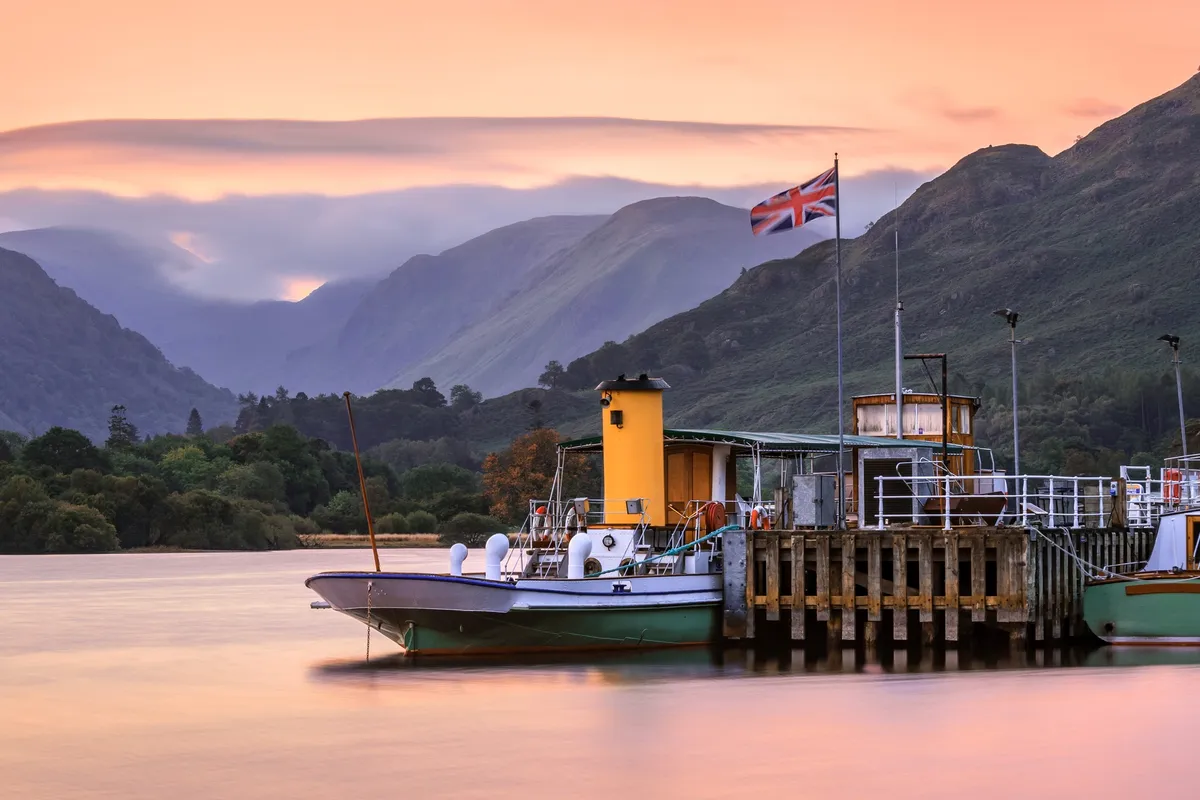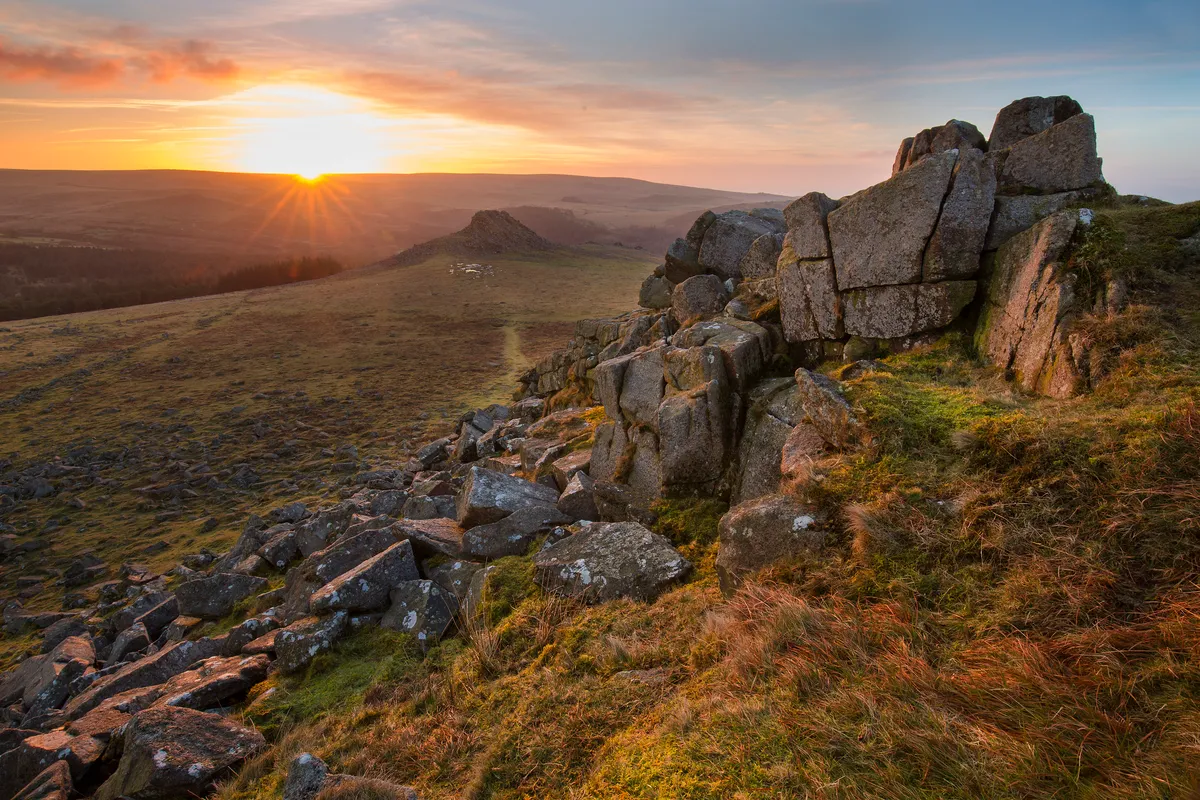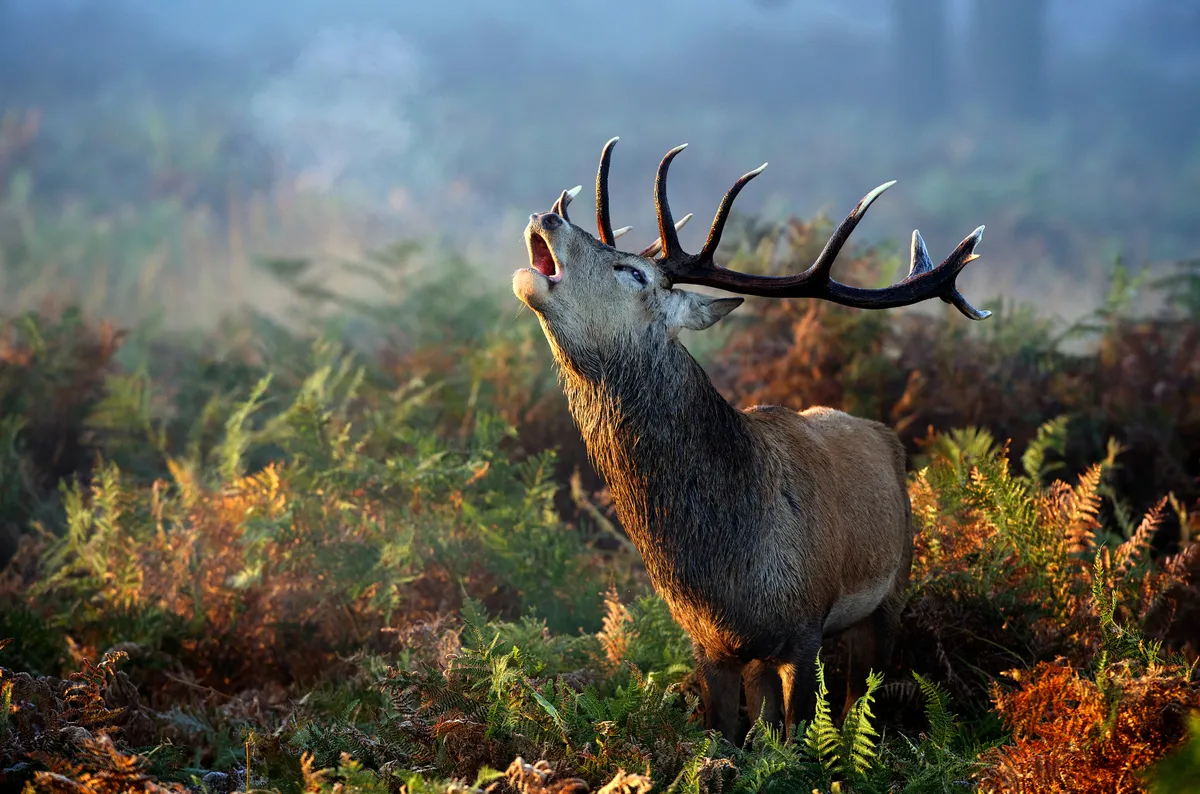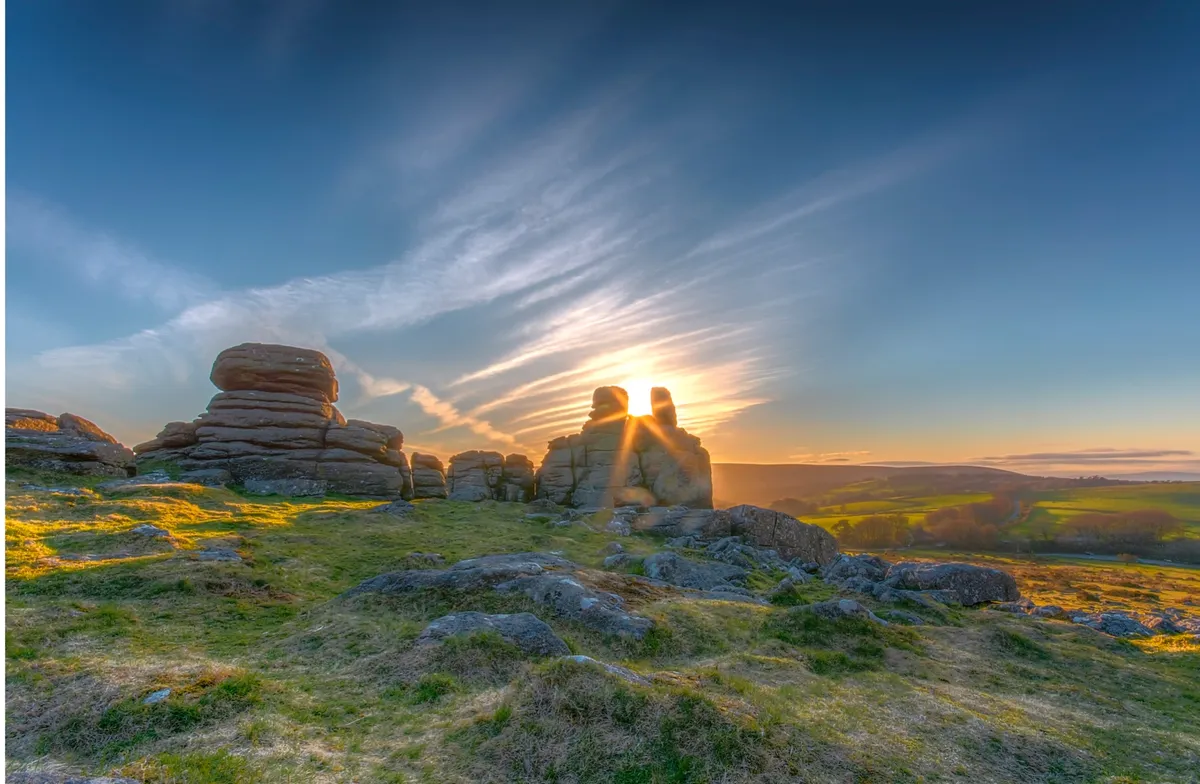What is in the report?
The independent report Landscapes Review was produced by writer Julian Glover and calls on national parks to be made “greener, more beautiful and open to everyone” and to “reignite the founding sprit in which they were created".
What were the key findings?
Overall, the report says challenges such as climate change, biodiversity loss and a trend towards increased urban living mean that fresh ideas are needed to give England’s protected landscapes new purpose.
The report found that while national parks were “open and free to all”, they “can seem exclusive”. Action is required to help people from all walks of life experience their inspirational beauty: “A lot more must be done to meet the needs of our many fellow citizens who do not know the countryside, or do not always feel welcome in it.”

The way national parks are governed must change. The report says national park boards are too big and are deeply unrepresentative of England’s diverse communities. Of the 1 ,000 people on national park and AONB boards today, the great majority are male, many are of retirement age and only a fraction are of black, Asian or minority ethnicities. The report notes: “This is wrong for organisations that are funded by the nation to serve everyone.”
Key statistics
- England’s 10 national parks attract more than 94 million visitors a year from at home and abroad.
- National parks and AONBs cover a quart of England's land and are home to over 2.3 million people.
- Generating more than £20 billion to the rural economy and supporting 75,000 jobs.

What are the key recommendations?
- Every schoolchild in England should “get the opportunity to spend a night under the stars in an idyllic landscape”.
- A new national park in the Chilterns and large Areas of Outstanding Natural Beauty (AONBs), such as the Cotswolds, should
be considered for national park status. - Establish a National Forest in Nottinghamshire.
- A new National Landscapes Housing Association should build affordable homes in national parks.
- Set up a new long-term programme to increase the number of visitors from black, Asian or minority ethnicities.
- Expand volunteering schemes in national parks and AONBs.
- Better information and signs for visitors.
- Rename AONBs as National Landscapes.
- Form a 1,000-strong ranger service to engage the public.
- Establish a financial model based on national parks being more enterprising.

What do people say?
The charity organisation Campaign for National Parks (CNP) says the need to attract new audiences is crucial. It points to the success of its Mosaic scheme to attract people from ethnic minorities. However, funding for this was cut in 2016. “There are cultural barriers; often people tell us they did not know national parks existed, or how to get to them, or that the parks were for them as much as anyone,” says Andrew Hall of the CNP. Hall believes the plans for 1,000 rangers should be used to address the problem by increasing the ethnic diversity of staff. “One thing that worked with Mosaic was the appointment of ambassadors, of people within communities, to create interest.”
Hall says further clarity is needed on the report’s calls for more affordable housing. “At the moment we have no idea what the governance means for national parks,” says Hall. “It could be toothless or it could be effective.”
On the need for viable communities, the CNP admits that the lack of sustainable transport options “compound problems for locals and visitors”. Hall adds: “There are concerns about ageing populations, rural services and local provision, such as shops. We agree that national parks need to work for people. National
parks are not islands.”

The Country Land and Business Association (CLA) has concerns about what the “new financial model” might mean when it comes to subsidies for farmers and landowners. “National landscapes will only become the drivers of nature’s recovery if the people who own and manage land within these areas are on board, so we welcome proposals for more and better community involvement,” says Judicaelle Hammond, director of policy and advice at the CLA. “Changes in how the land is used will need to work financially.” The CLA also backs the report’s calls for improved public transport. “Many of the national parks and AONBs are difficult to reach from urban centres, especially without a car,” she adds.
Kevin Bishop, chief executive of Dartmoor National Park Authority, says money is key to meeting the demands of the report. “Our concern is that the appetite showed by the report authors seems to evaporate when we get to the resources section,” he says. “What we need is more money [if we are to help make communities more viable]. That money can help pay for staff to work with microbusinesses.”
National Parks need more wildlife
The report calls for greater access to parks but also for them to become richer in wildlife. Some observers say the two are incompatible but there is an expectation in the report that these be brought together. “They are not mutually exclusive,” says Hall of the CNP. “National parks cover vast areas and there will always be wilder areas. We have to address concerns where there are too many people, and that has an impact on wildlife. But we have to encourage people into the parks because there won’t be any wild areas to protect if people don’t experience national parks and want to protect them.”

“The two can absolutely go together,” says the CLA’s Hammond. “National parks have very often had to balance competing interests, so in many respects this won’t change. It is true that visitors are the economic lifeblood for many of these spaces. What we would like to see is a rebalancing to ensure that well-paid jobs and affordable homes are also delivered alongside nature’s recovery.”
On Dartmoor, Bishop points to the annual Ten Tors challenge as a good example of ensuring activities do not impact on nature. “We cap the number of participants at 2,400; we also invite them to become involved in the park. Nature and visitors are not necessarily mutually exclusive. We can manage visitor pressures in honeypot areas but there’s an inevitable tension. We are seeing a challenge from visitors who know their rights but not their responsibilities. That creates a tension with people who live here.”
National park walks
Explore Britain's most beautiful landscapes - find more than 100 national park tried and tested walking routes.
Best walks in the Brecon Beacons National Park

From spectacular ridgelines and mountains to glistening waterfalls, rivers and lakes, the Brecon Beacons National Park in South Wales has something for everyone. Our guide looks at the best walks in the Brecon Beacons – all within an hour's drive of several major cities.
Best walks in the Cairngorms National Park
The Cairngorms teems with towering trees, shimmering lochs and busy wildlife. Take a hike through this vast, untamed area of Scotland with our list of the area's best walks.
Best walks in Dartmoor National Park
This huge moorland scattered with staggering granite tors in the south-east of Devon is a hiker's paradise – discover the best hiking routes in Dartmoor National Park with our walking guide.


